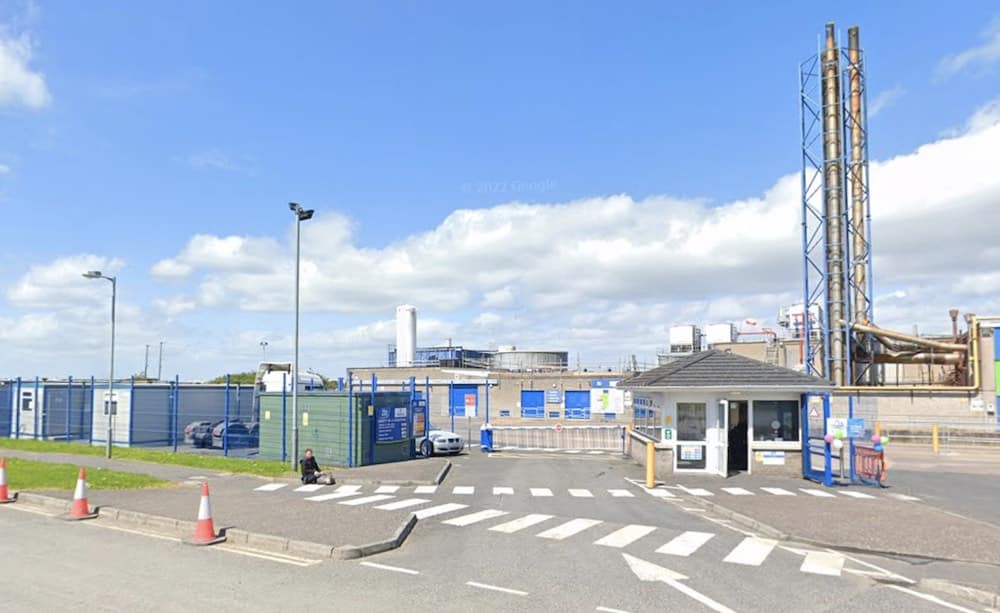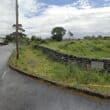
Armagh City, Banbridge & Craigavon (ABC) Borough Council has received a planning application from Moy Park for a gas-fired heat and power plant, with plans for a 20-metre chimney towering over the complex.
And while gas is deemed to be a relatively ‘clean’ source of energy, as compared to coal and oil, councillors heard calculations were made using a dated model – one devised in the late 1970s and which the council’s planning department wants replaced as soon as possible.
The envisaged location for the power plant and chimney is Seagoe Industrial Estate in Portadown.
Addressing an Environmental Services Committee meeting held on January 9, Alliance Councillor Joy Ferguson (Banbridge DEA) was anxious to find out how the calculations regarding the impact of the gas emissions had been arrived at.
She told the committee: “The pollutant from the burning of gas is lower than that from coal or oil, [as] stated in the report, but it is important to make clear that it’s much higher than clean energy sources like wind and solar.
“In the report it mentions various methods of calculation and prediction [which] may be used to determine the impact of any pollution caused by the emissions, and that these are supported by an air dispersal model. Can I get an overview from officers on how the low emissions have been calculated and verified?
“Could I seek reassurance from officers that the proposals would align and not be inconsistent with any future plans of the council on achieving net zero, with regards to carbon production across the borough?”
ABC Environmental Health manager, Paul McCullough gave a detailed response – and confirmed calculations had been made on the basis of a dated model.
He stated: “The submission did come in with the associated technical calculations alongside it. It uses proprietary software which is simply called ADMS or ‘Air Dispersion Modelling Software’.
“What we will do at that stage is that we will scrutinise all the inputs to the model, to make sure that they are all accurate and correct and do reflect actually what is being proposed to be put on on the ground.
“It will take into account the height of the stack, the diameter, the flux velocity – in other words the speed that the gases are exiting the stack – the temperature of those gases as well because that will have an influence on how they disperse into the atmosphere, and the volumetric flow rate [which is] literally the amount of gases that are passing through the stack.
“It will then take into account any associated buildings that are nearby. [This] has led us to the point of a proposal for a 20-metre stack – that is the height that is required to ensure that the proper dispersion does take place.
“So once all those particular input parameters associated with the proposal are put into the software, it will also take account of any sensitive habitats within the vicinity – and there are a number of residential properties within the proximity of this – and then that will produce a prediction based upon the last five years’ weather patterns of what the impact will be at all of those receptor locations.
“As councillor Ferguson did says, gas is a lower polluting material than oil or other solid fuels, but of course, it still remains a fossil fuel. So those calculations have been done and have been checked by us.
“Probably, by way of context, it is worth pointing out that this comes from the 1981 Clean Air Order. It is a bit of an old hangover in terms of pollution legislation.
“Certainly we are expecting a new, cleaner strategy for Northern Ireland, which would update and replace this 1981 legislation. It is badly needed. This is a very old hangover of legislation. It would have been drafted in the ’70s, so we would have been talking about coal burning at that point in time.
“Hence why when you do the calculations it does show that gas is a particularly clean material compared to those other types of fuel. The second part of the question was in relation to whether it would conflict with the council’s aims.
“Those aims are emergent. We do have a roadmap in preparation. I note that the Department for Infrastructure have recently called for evidence in relation to the relationship between planning policy and climate change, which will provide the tools for making decisions in relation to the development of structures within the borough in the context of climate change.
“This particular chimney height approval process is old and doesn’t consider those factors. So it is still emerging.”



